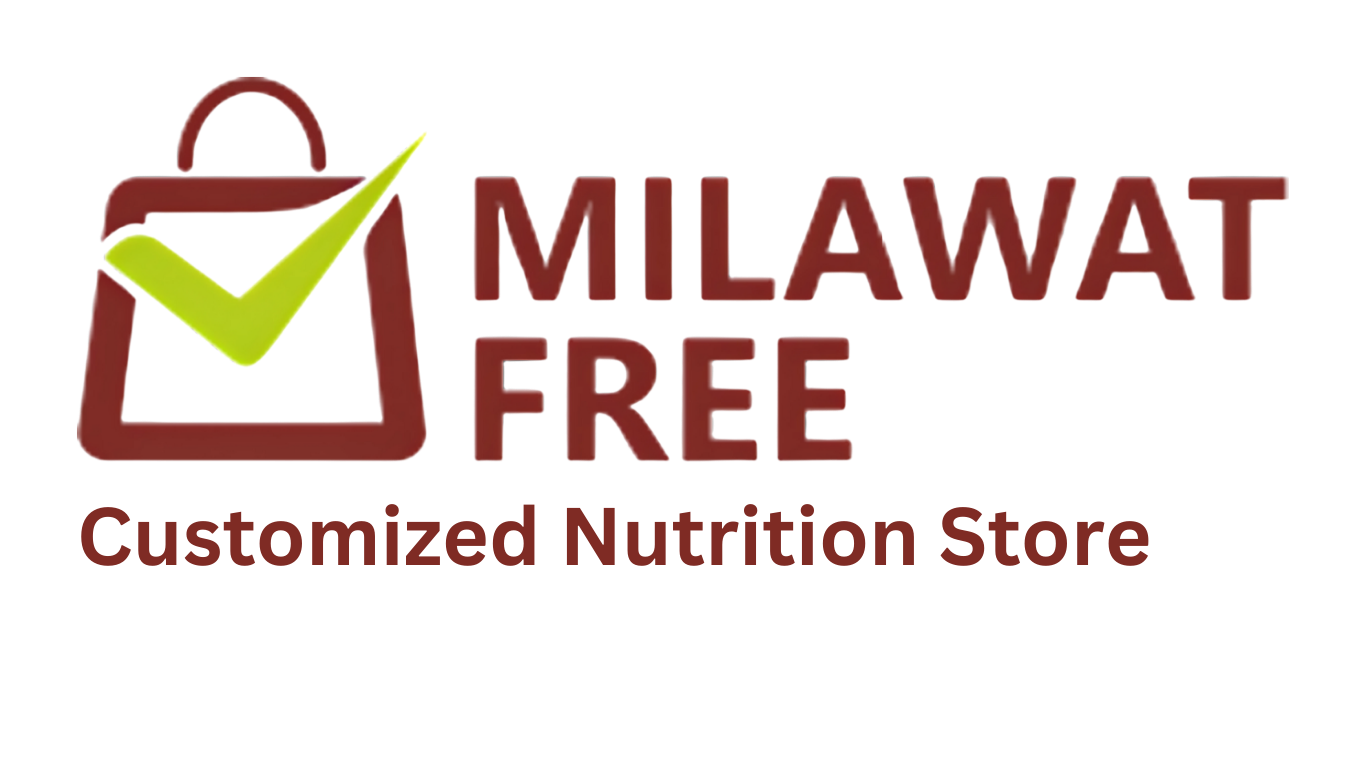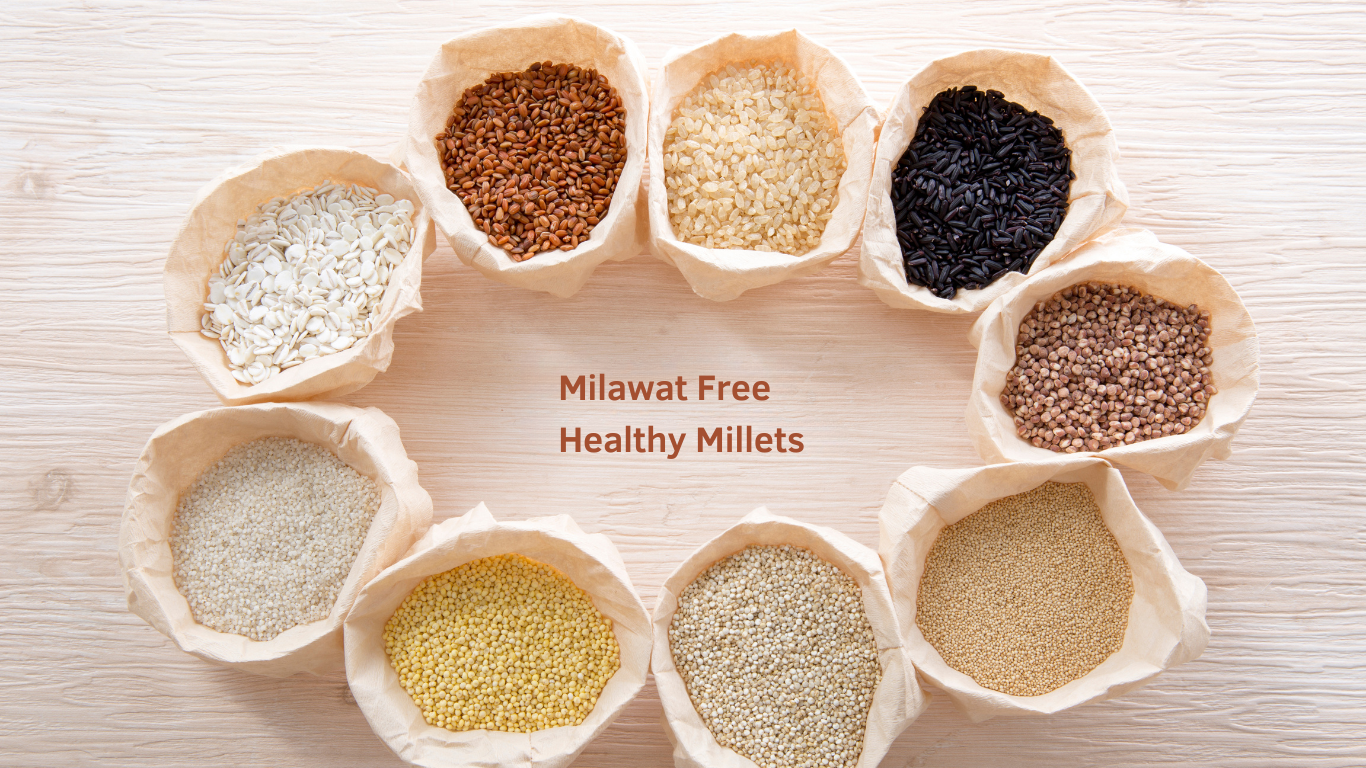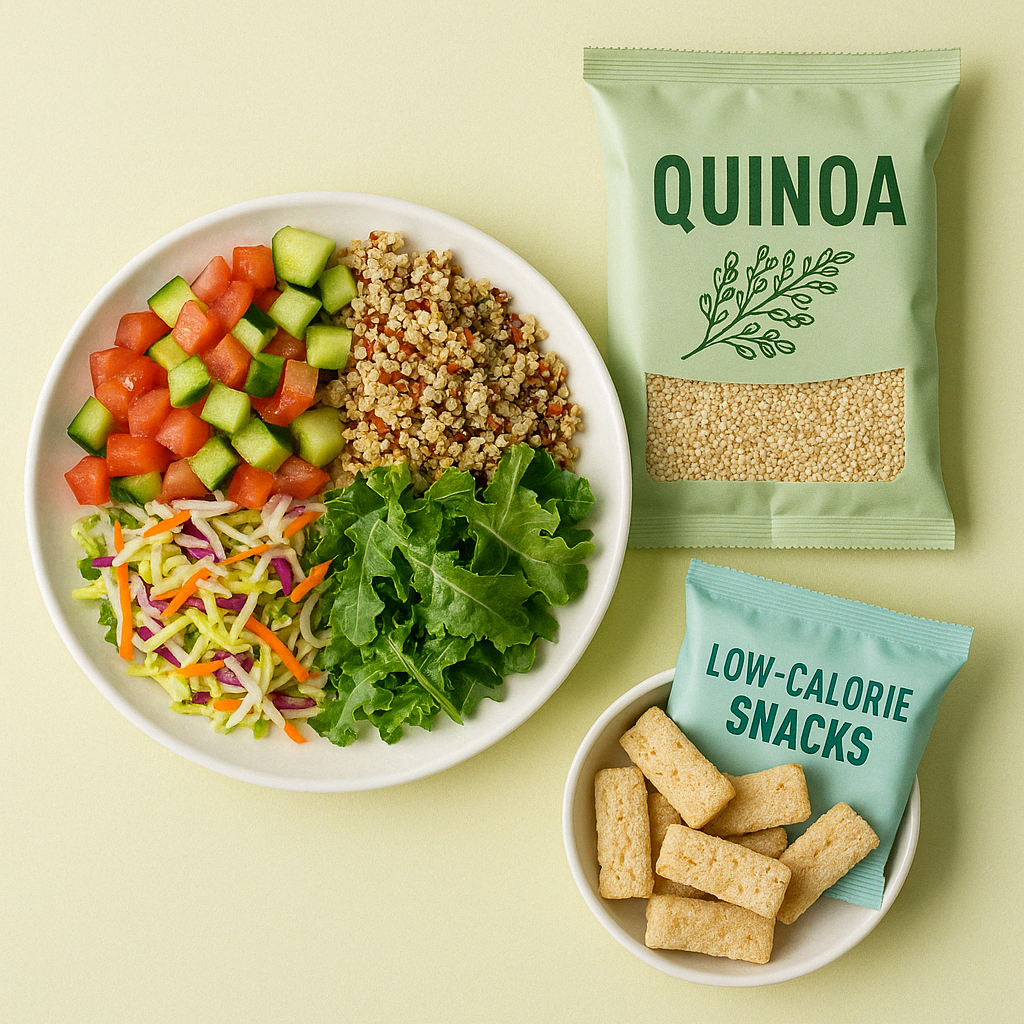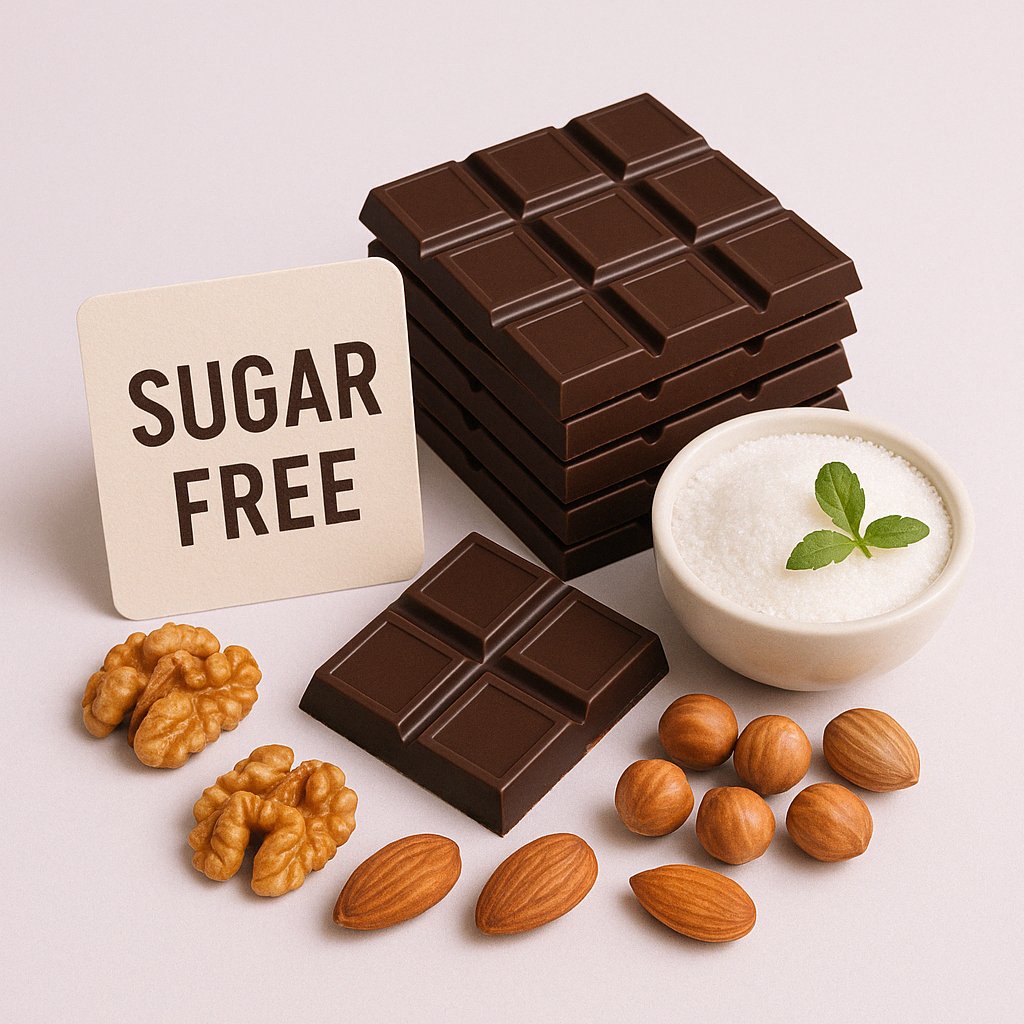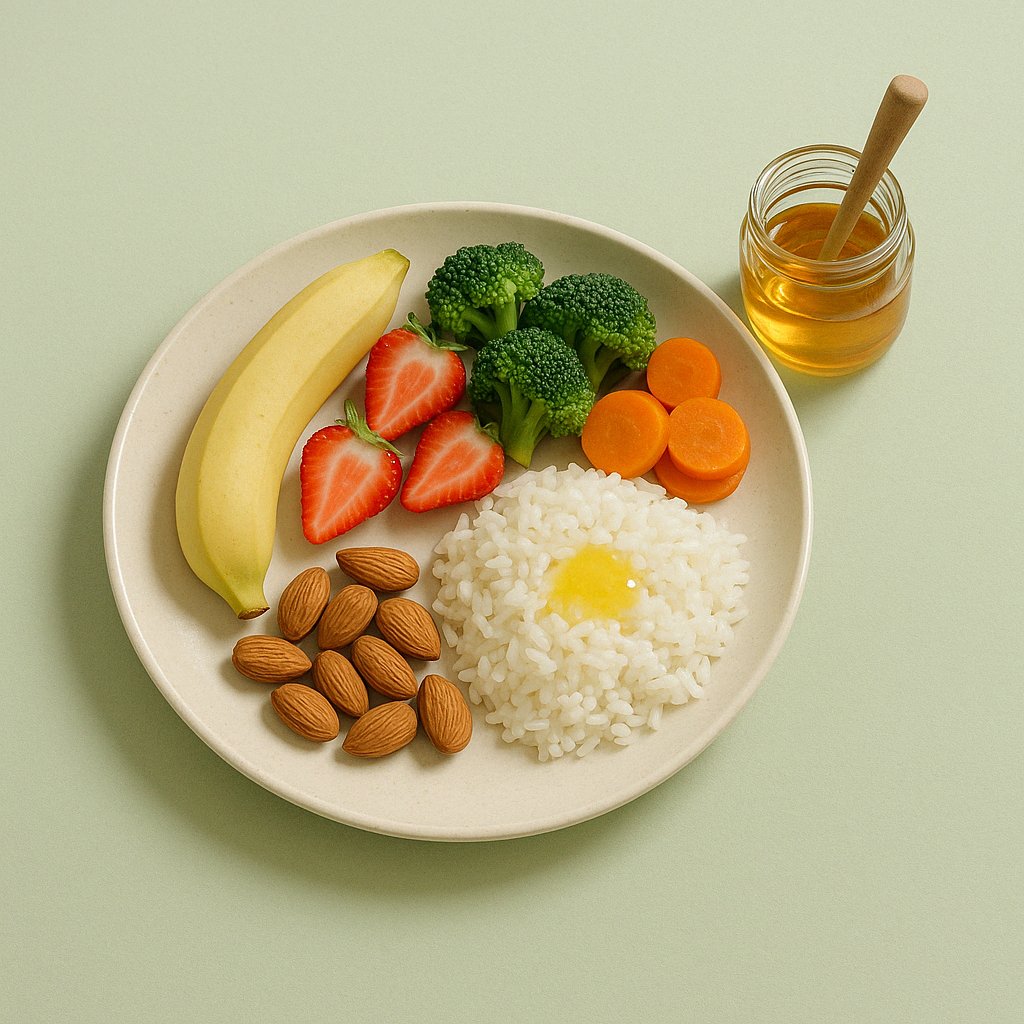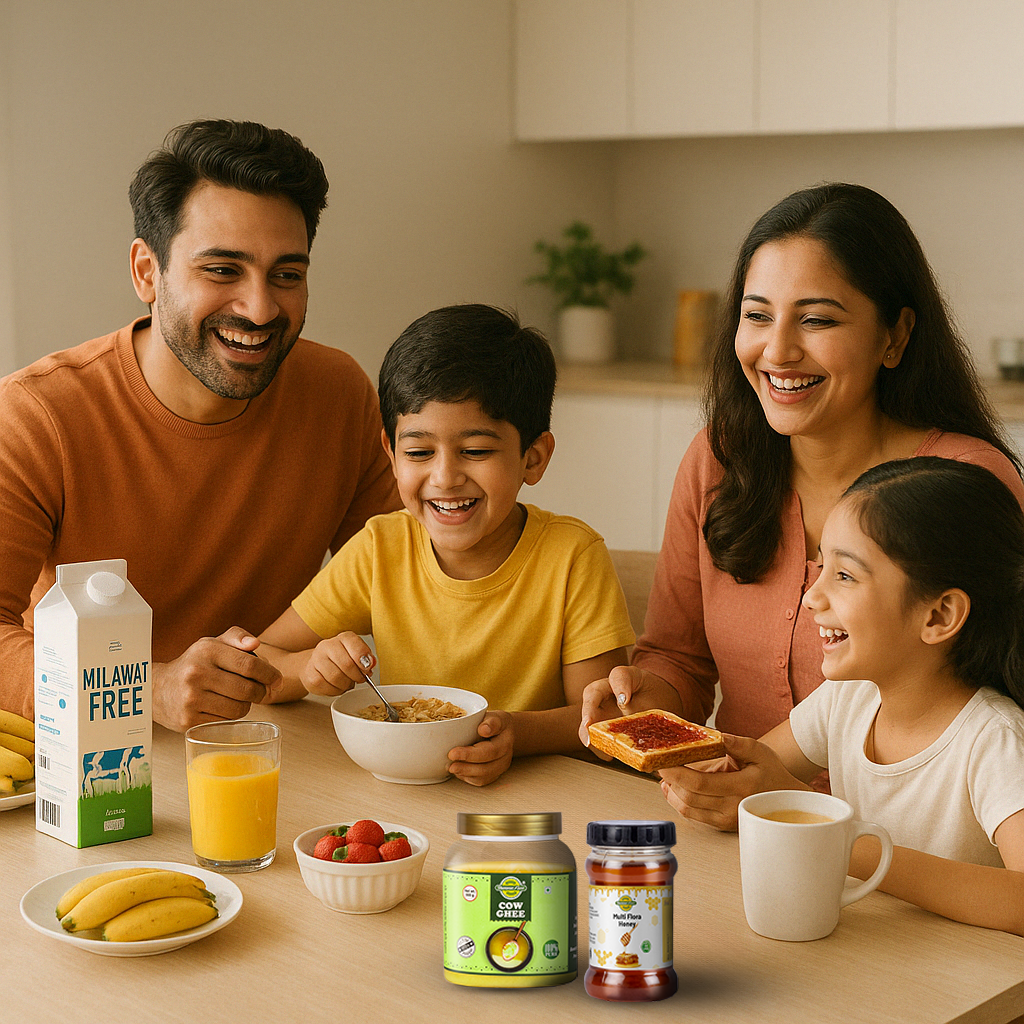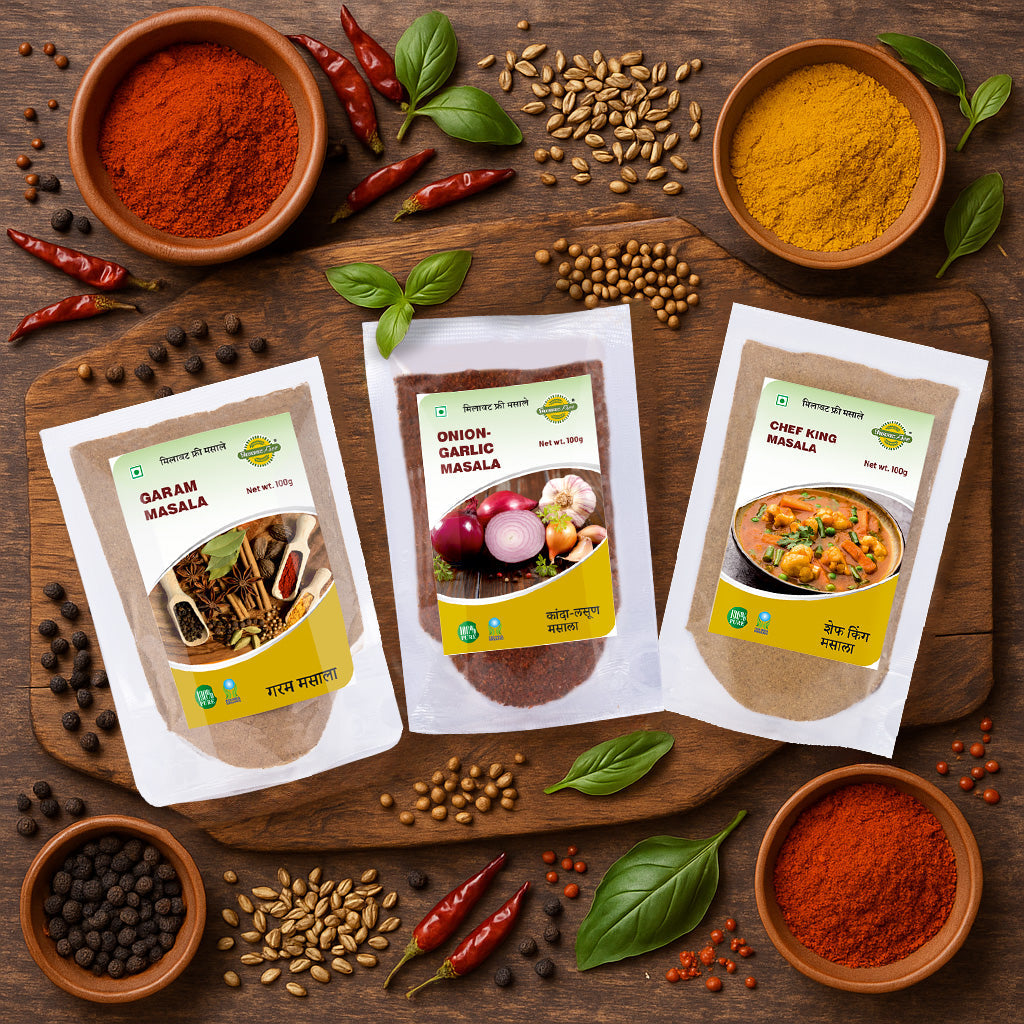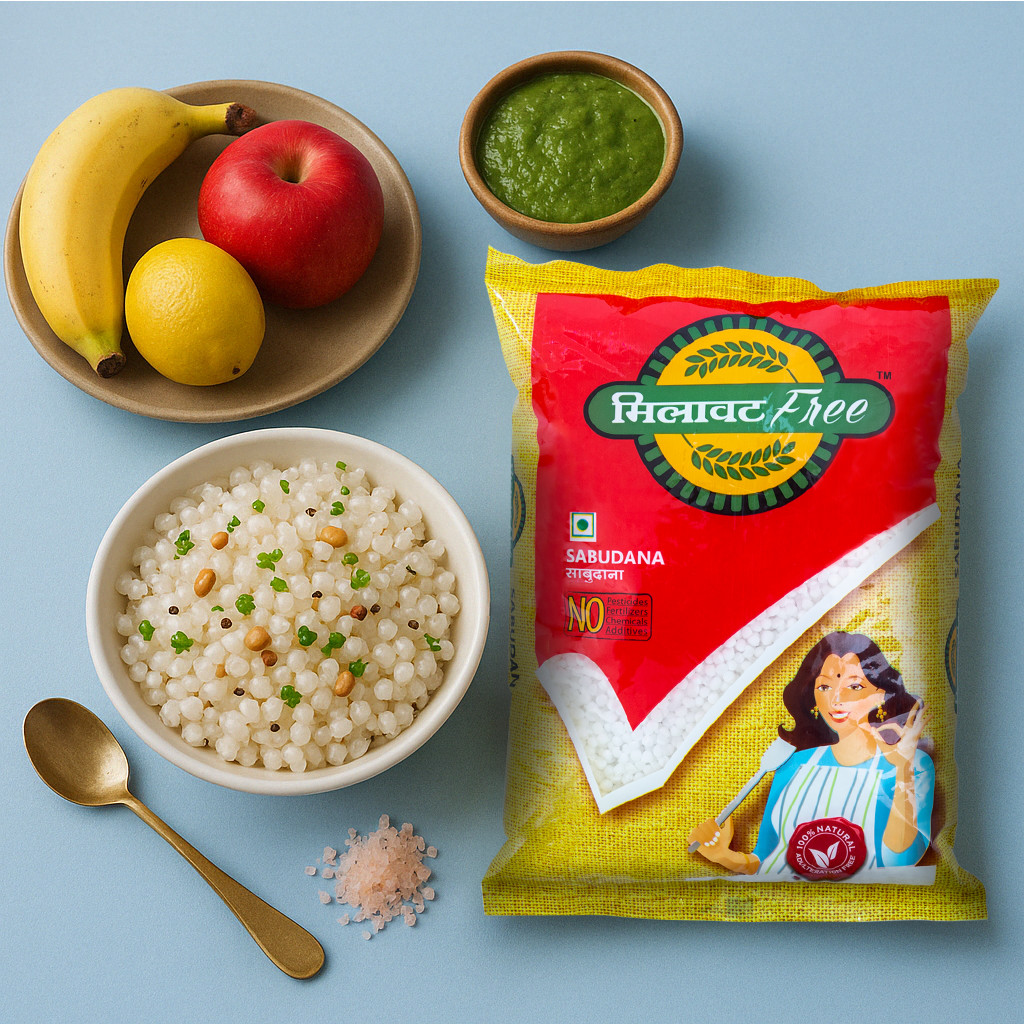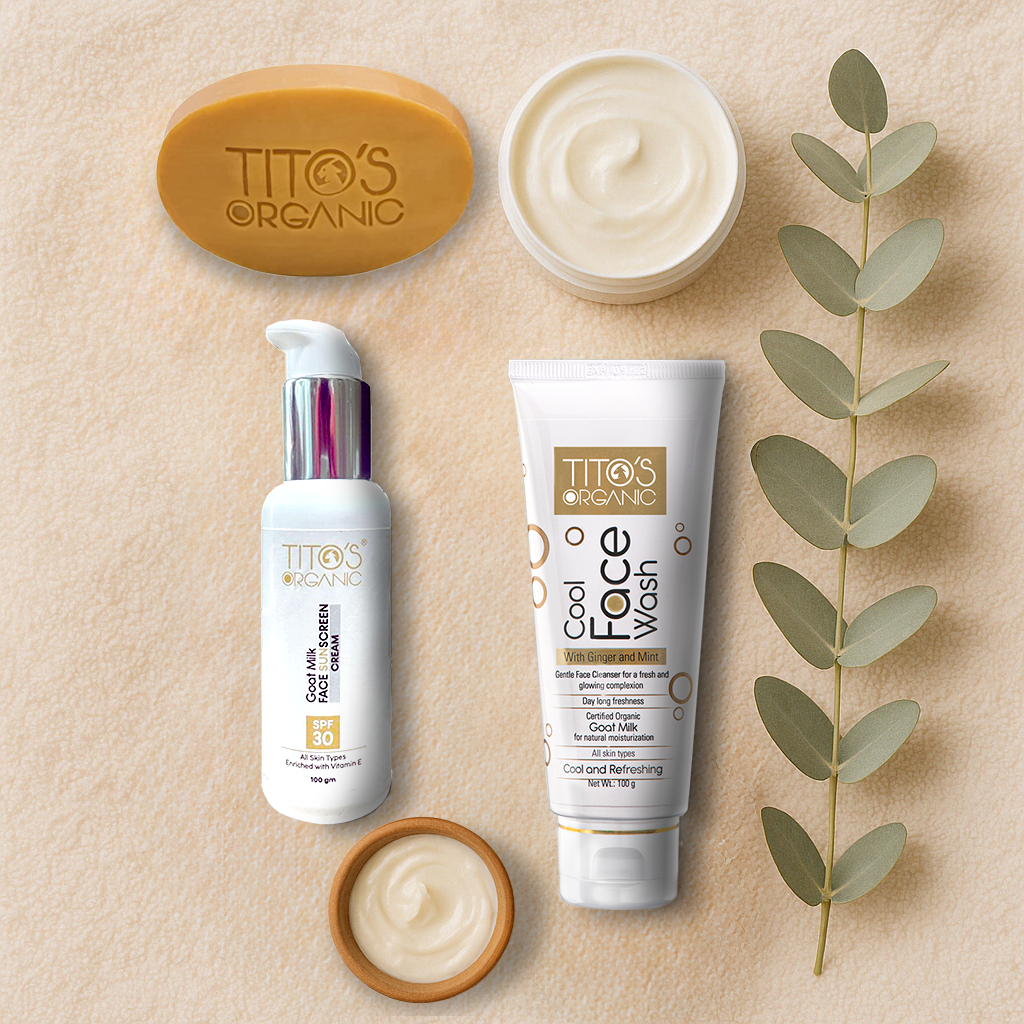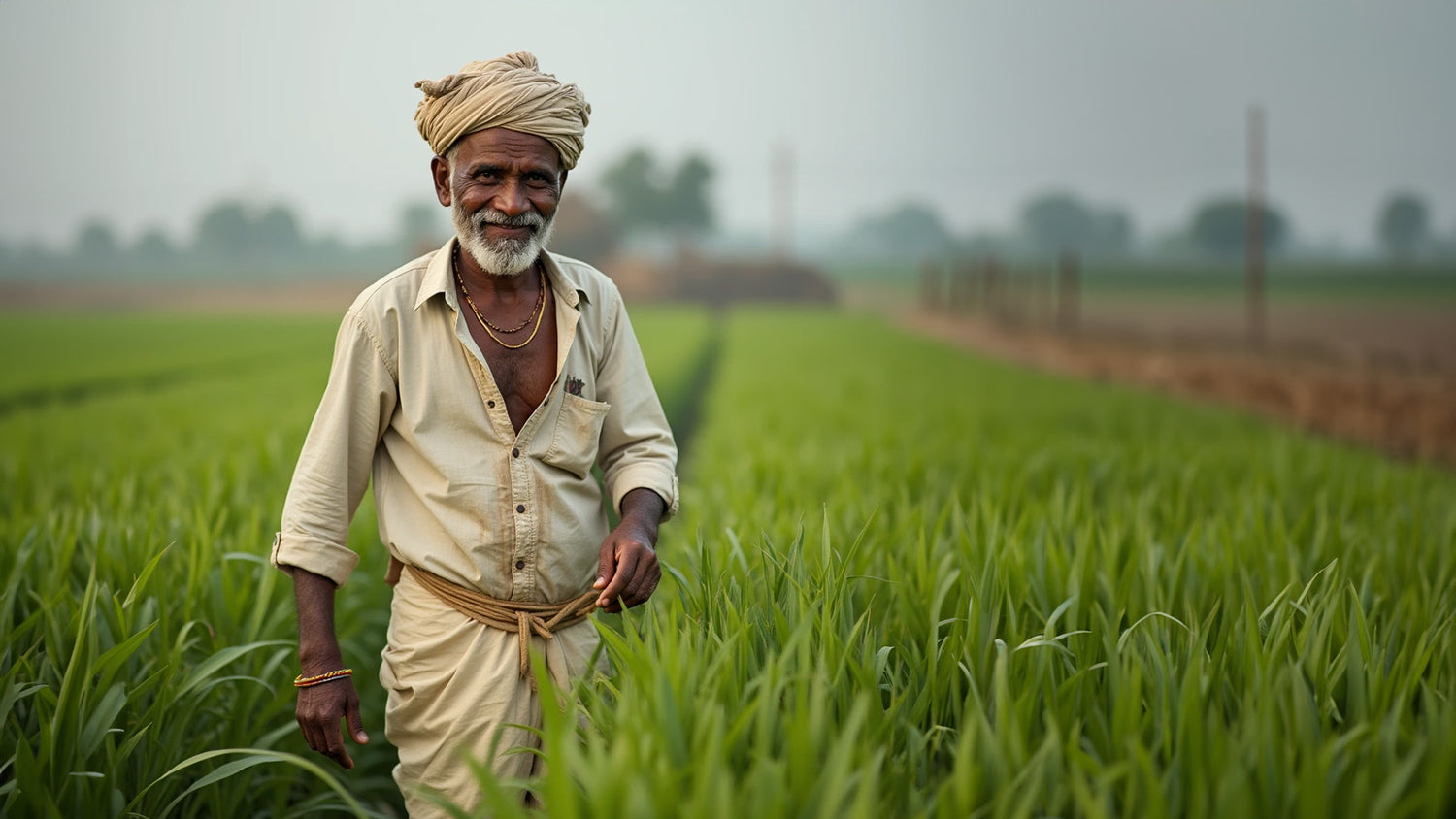
Farmers First
At Milawat Free, sourcing is at the heart of what we do. We have a deeply rooted supply chain, carefully selecting the farmers we work with. Our team personally visits farms and conducts rigorous quality checks to ensure only the best reaches your table. Every Milawat Free product is fully traceable back to its source, guaranteeing complete transparency. We are committed to fighting adulteration because everyone deserves real, pure food.
Success Story
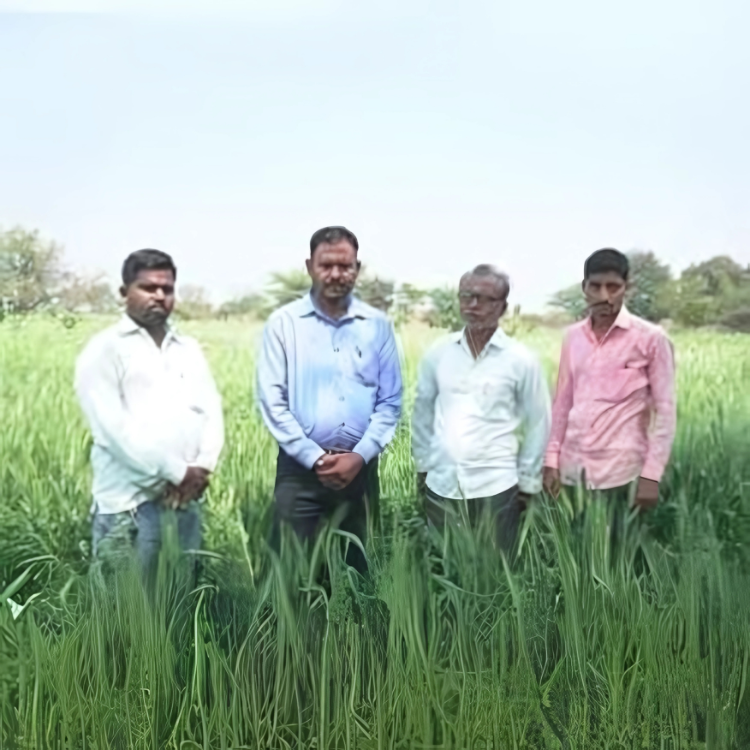
Taluka of Aurangabad District, which is a historic city in the state of Maharashtra, India. Wahegaon village is situated 15 km away from sub-district headquarter Paithan (tehsildar office) and 43 km away from district headquarter Aurangabad. Paithan is nearest town to Wahegaon for all major economic activities, which is approximately 15 km away. The total geographical area of village is 931 hectares. Wahegaon has a total population of 4,217 peoples, out of which male population is 2,176 while female population is 2,041. There are about 889 houses in Wahegaon village.
Mr. Ramesh Eknath Sonawne (52), From Wahegaon, Paithan taluka, District Aurangabad, studied upto 7th Standard and Belongs to an Agrarian family. Ramesh has a wife, two sons and a daughter in his family. The only way to support his family is farming. Ramesh cultivates Sugarcane, Cotton, Maize, Millet, Wheat and some other crops in his Farm. Ramesh has a 10 Acre land or Farm which is under irrigated condition. Source of irrigation for his farm is Tube well and Open well located in the farm.
How it started
Ramesh was carrying out conventional farming and was worried about the effect of the conventional fertilizer sand pesticides on soil, crop and human health. At last Ramesh fed up with the conventional farming and decided to move or to convert into organic farming from 2015. He started his organic farming journey with Paramparagat Krishi Vikas Yojana (PKVY). “Paramparagat Krishi Vikas Yojana” is an elaborated component of Soil Health Management (SHM) of major project National Mission of Sustainable Agriculture (NMSA). Under PKVY Organic farming is promoted through adoption of organic village by cluster approach and PGS certification.
Technique adopted by farmer
Ramesh having 2 cows, 3 bulls and 2 buffalo in livestock whose dung and urine has been applied in farm for soil nutrient management. Farm Yard Manure, refers to the decomposed mixture of dung and urine of farm animals along with litter and left-over material from roughages or fodder fed to the cattle. FYM has been used by the farmer to improve soil nutrient and to Farm yard manure containing 0.5 per cent N, 0.2 per cent P2O5 and .0.5 per cent K2O. Urine, which is wasted, contains one per cent nitrogen and 1.35 per cent potassium. Also has vital function as a pesticide for crops to provide protection from various pesticidal attacks.
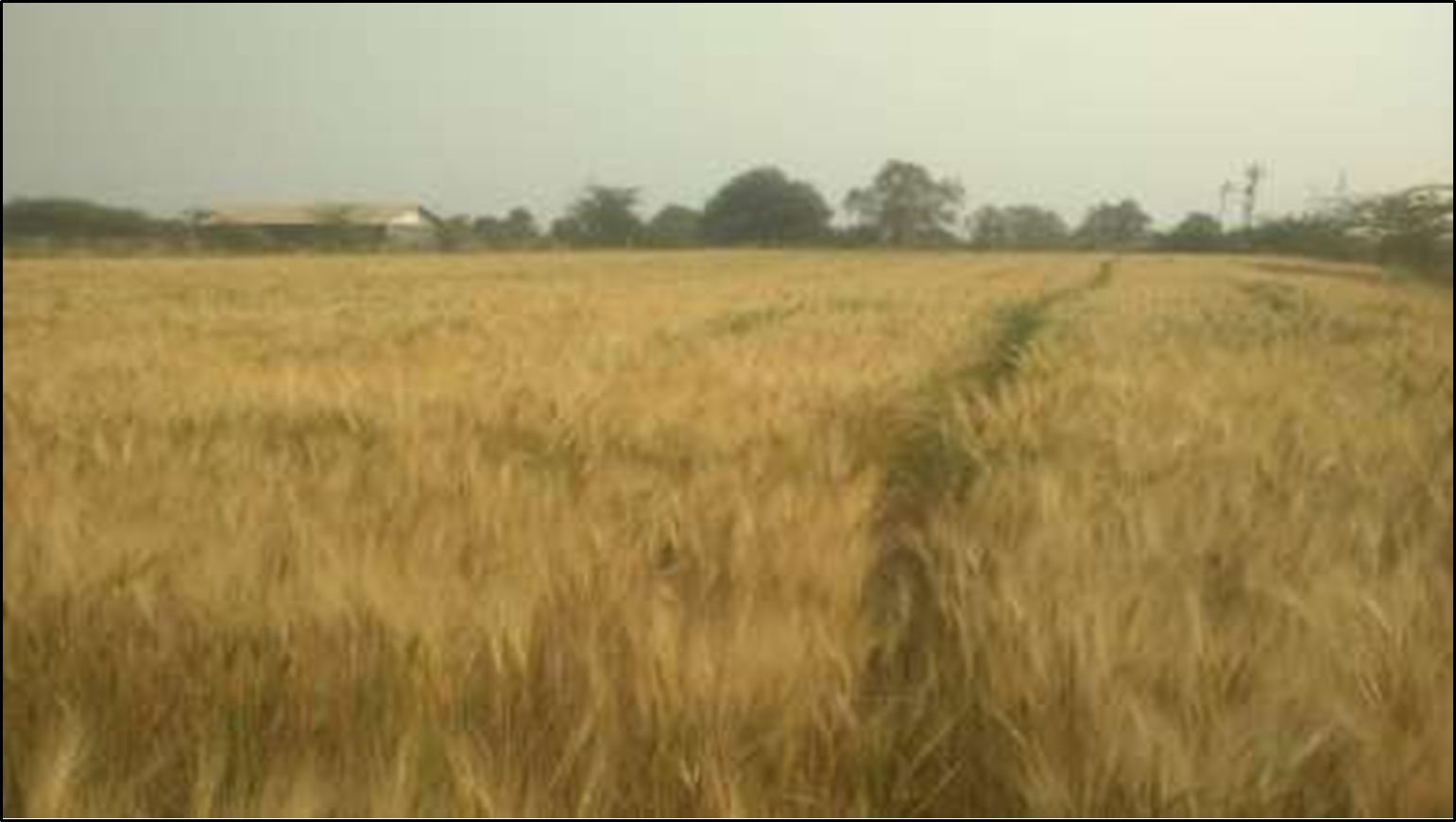
Organic Khapli Wheat Field of Ramesh Sonwane
Neem extract is an extract extracted from the seeds of the neem tree. The azadirachtin in the neem tree acts as a pesticide. The content of this ingredient is high in its seeds and in the leaves. It affects and controls a number of insects in crop and provide protection against various insects such as aphids, flies, larvae etc. Waste decomposer is also prepared with on farm inputs specifically with cow dung & used for quick composting from organic waste, soil health improvement and as plant protection agent. One bottle of waste decomposer is mixed with 2 kg jaggery in 200 litre of water in a plastic drum. After 5 days the solution of the drum turns creamy. This is applied on the standing crop for 4 times at 10 days interval. Jeevamrut is a liquid organic manure which is an excellent source of natural carbon and biomass that contains macro and micro nutrients required by crops. Jeevamrut is prepared with cow urine, cow dung, Jaggery, water and soil.
Border Prevention
Ramesh, made bunds and boundaries all around his farm in order to prevent any kind of contamination with neighboring conventional fertilizer and pesticides. Drift prevention is also considered. Bunds made with mud, soil and Vegetative planting strip.

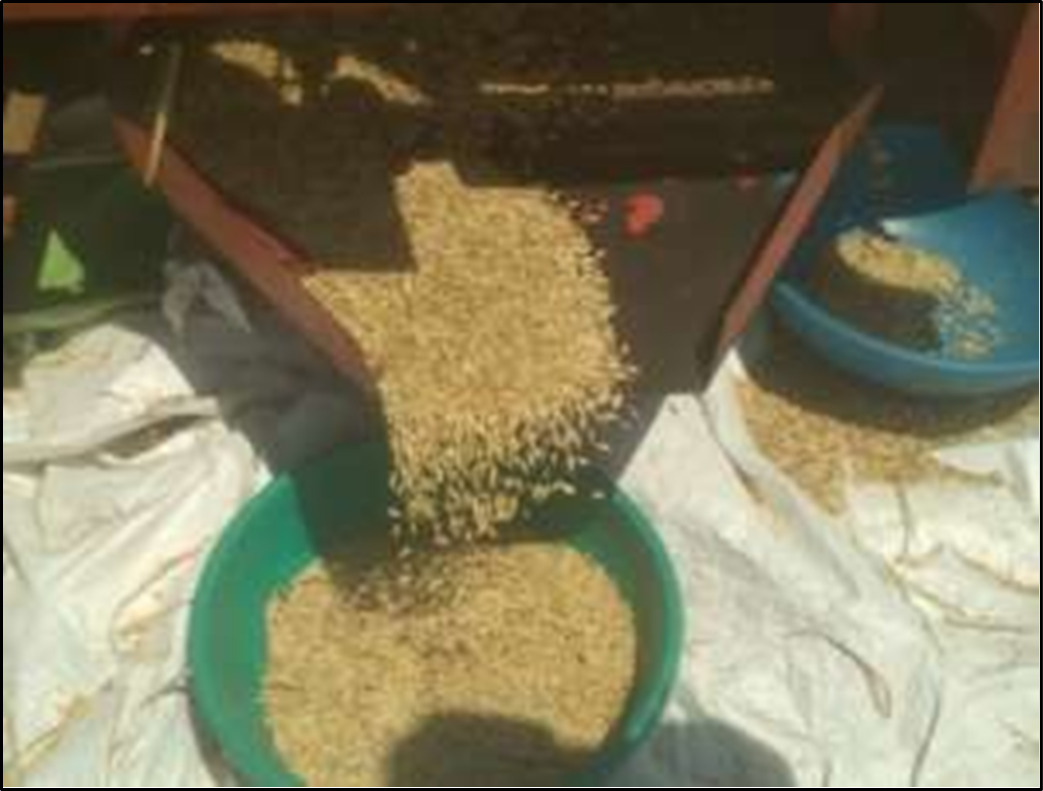
Farmer Feedback
Initially, when farmer started growing crop organically, a significant loss in crop production was observed by the farmer but farmer also observed that there is no financial expenditure on conventional fertilizer and pesticides. Over the time period the effects of organic carcasses became apparent. Wheat was harvested while doing conventional farming. At that time farmer got only 9 to 10 Qtl. of wheat per acre. Whilst in organic farming, farmer got 7 to 8 Qtl. Of wheat per acre and there is growth in yield every year.
Impact on livelihoods:
Ramesh believes that if other farmers follow the organic farming method, he has practiced all these years, it will greatly benefit them in maintaining sustainable agriculture and getting financial benefits as well from the agriculture.
Lessons learnt:
Ramesh Eknath Sonawne believes every farmer should follow the integrated way of organic farming as this result in complementary and supplementary methods that enhance the productivity of crops. Three types of wheat are cultivated in India namely Sarbati, Bansi and Khapli. Although 15 percent share is for sharbati wheat, the demand for husked wheat is increasing due to its nutritional value. In the market, the price of wheat is more than 50 percent higher than other wheat prices. Known as Khapli in Maharashtra, this wheat is known as 'Poptia' in Gujarat and 'Samba' in Karnataka. Some also refer to it as added wheat. Like other horticultural wheats, Khapli grows well in black and hard soils. Khapli is used for late sowing as it can tolerate heat and poor soil stress. According to a study conducted at the Dharwad Agricultural University, the use of khapli in the diet significantly reduced the adverse factors of lipids, triglycerides, and LDL cholesterol in diabetic patients. A similar study conducted abroad showed good dietary use of scallions in type 2 diabetes and age-related decline.
